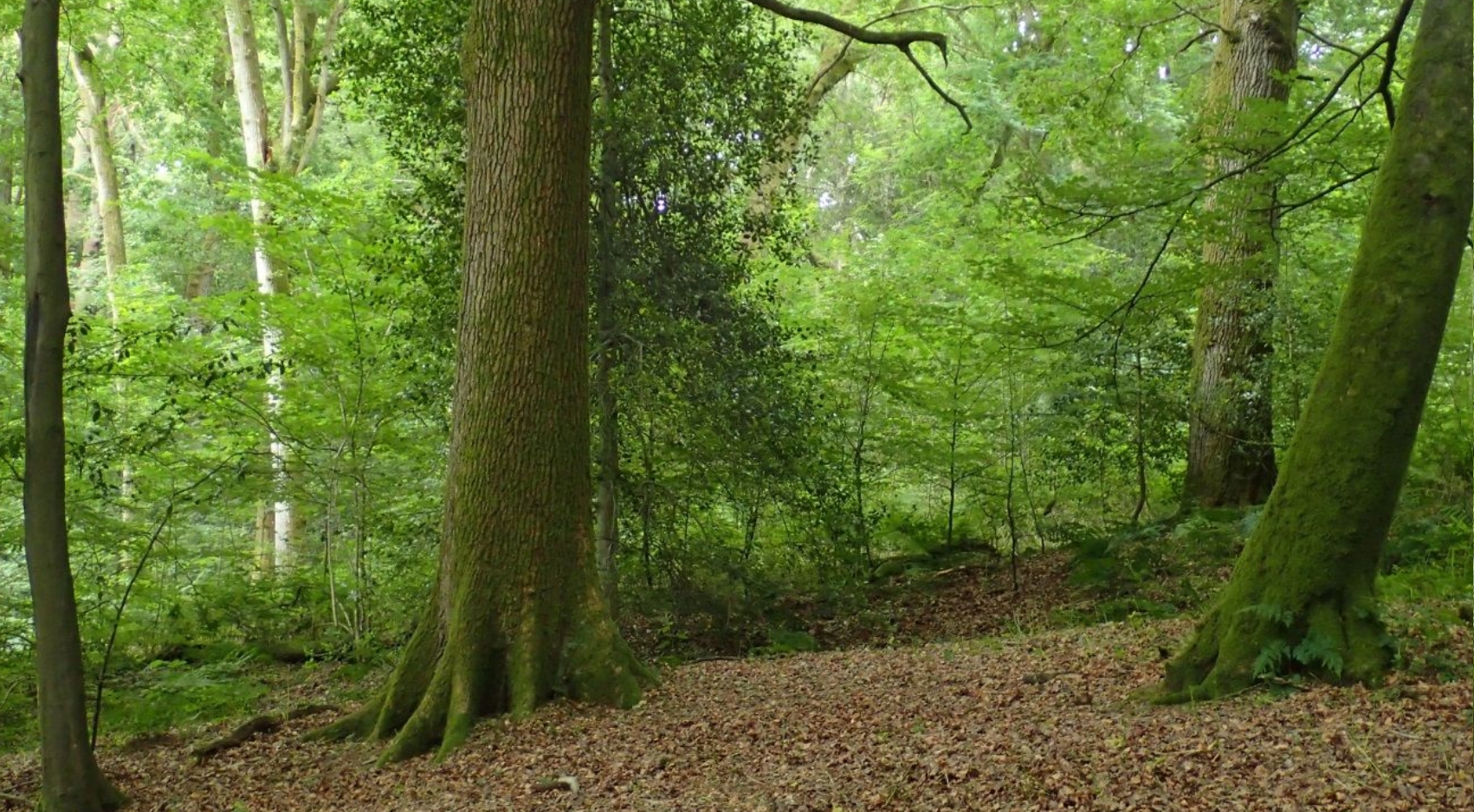New Study Classifies the Entire Planet's Ecosystems for the First Time
A team of international scientists brought together research that may positively impact future conservation efforts.

A global cross-disciplinary team of scientists, including Janet Franklin, San Diego State University biogeographer and National Academy of Sciences member, led by University of New South Wales, Sydney researchers, has developed the first comprehensive classification of the world’s ecosystems across land, rivers, wetlands, and seas. The ecosystem typology will enable more coordinated and effective biodiversity conservation, critical for human well-being.
The extensive collaboration includes the International Union for Conservation of Nature (IUCN), which comprises about 1,400 member organizations, including countries; the IUCN Commission on Ecosystem Management, the PLuS Alliance — Arizona State University, Kings College London and UNSW Sydney; and more than 100 specialist ecosystem scientists around the world.
“For the first time, we have a common platform that identifies, defines and describes the full suite of the whole planet’s ecosystems,” said lead author Professor David Keith from UNSW’s Centre for Ecosystem Science.
“It may seem rather odd that we haven’t had this before, but historically scientists have forged advances by working somewhat separately in marine, freshwater and terrestrial ecosystems. This is the first time that all of this detailed knowledge has been brought together into a single framework taking advantage of common theory across the disciplines.”
The typology allows us to understand broad global patterns, including the transformation of ecosystems by people. 10% of ecosystems are artificially created and maintained by humans but occupy more than 30% of the Earth’s land surface — what is left is home to 94% of threatened species on the IUCN Red List.
The Red List of Species focuses on species as a target for conservation. Franklin has been on the scientific advisory committee of the new IUCN Red List of Ecosystems (RLE) since 2014. The purpose of the RLE is to determine whole ecosystems that are on the verge of collapse.
Franklin was part of the group that determined how to define the ecosystems, and how to determine the criteria. “I worked on some of the descriptions for the ecosystems that I know the best.” Franklin has expertise in the study of forests, savannahs, and shrublands.
People have been defining ecosystems since the early 1800s and the time of Alexander von Humboldt, a German geographer and naturalist who said, "The most dangerous worldview is the view of those who have never looked at the world." With this study scientists and geographers now define ecosystems by their ecological function — paying attention to the physiology of plants and animals.
The biggest takeaway for Franklin was, after more than three years of work, having produced and published a complete classification of the world’s ecosystems.
“Now we are in a position to take that next step of treating ecosystems globally as units of conservation — really looking at threats and transformations to ecosystems in order to assess on a large scale and compare across regions to determine which ecosystems are on the edge,” she said.
For governments and non-government organizations (NGOs) working in a range of countries, the overview can inform decisions about how ecosystem protection and restoration efforts can achieve maximum conservation benefit, and where development infrastructure is best placed to minimize impact.
“To get out ahead — to anticipate biodiversity losses within a changing ecosystem, we now have a tool for evaluating risks across the globe and getting it on the conservation agenda,” Franklin added.



